Navigating the Future: Banking Supervision and Risk Management in Asia in 2025
By Steven ClaxtonGlobal conflicts, climate risk disclosures, and AI influence will shape Asia's financial sector over the next 12 months.
Banks across Asia are expected to face heightened supervisory scrutiny in 2025 as regulators assess their ability to navigate an evolving geopolitical, environmental, and technological landscape. The confluence of global conflicts, enhanced climate risk disclosures, and the growing influence of Artificial Intelligence (AI) will compel Asian banks to align their strategic plans and risk management frameworks. So how will these trends shape the financial sector in the region over the next 12 months?
Heightened Supervisory Engagement Amid Geopolitical and Geoeconomic Uncertainty
Ongoing conflicts in Europe and the Middle East, coupled with political shifts in the US and other major economies, have created an uncertain geopolitical environment that will directly influence all Asian markets. The new U.S. administration’s stance on tariffs and sanctions is likely to disrupt trade-related portfolios in export-heavy economies like South Korea and Vietnam while, the rise of the BRICS union as a counterweight to Western-dominated trade structures could accelerate the de-dollarization of trade, impacting foreign exchange and physical trade flows.
Asian regulators are likely to intensify their oversight of banks' strategic planning processes to ensure resilience to these external shocks. In Japan, where geopolitical risk management has historically been prioritized due to its trade dependencies, the Financial Services Agency (FSA) has already sounded our banks regarding scenario analyses that consider cross-border conflicts and economic sanctions. Similarly, in New Zealand, the Reserve Bank of New Zealand (RBNZ), as part annual financial stability assessment process, noted that several banks identified escalation of geopolitical tensions as the primary driver of economic downturns. Scenarios were often accompanied by secondary shocks, such as cyber related events or insurance retreat.
Integrating Climate Risk into Decision-Making
Climate risk is still a key focus area for Asian banks, with regulators mandating more comprehensive integration of both physical and transitional climate risks into strategic decision-making. As the availability and coverage of climate-related disclosures expand, banks must leverage this data to better understand and mitigate risks, including through the latest tools such as the climate risk modeler.
Short-dated financial impacts of acute physical perils, such as floods and cyclones, are becoming more prominent. For example, the 2023 floods in Malaysia highlighted the need for robust disaster recovery planning and risk modelling. Over the longer term, banks’ commitments to net-zero transitions will have significant balance sheet implications. However, political shifts complicate this landscape; the recent departure of six global banks from the Net Zero Alliance, citing concerns about regulatory and reputational risks under the incoming U.S. administration, underscores the challenges ahead.
In Hong Kong, the Hong Kong Monetary Authority (HKMA) requires banks to demonstrate how they integrate climate risks into governance, strategy, and risk management. Similarly, in Singapore, DBS Bank has implemented advanced analytics to assess the climate impact of its loan portfolio, ensuring alignment with national climate goals.
Innovation in AI: Opportunities and Risks
From a regulatory perspective, AI advancements are reshaping supervisory practices. Predictive AI tools are enhancing early detection of bank weaknesses, enabling proactive intervention to support financial stability. In addition, AI is revolutionizing anti-money laundering (AML) and counter-terrorism financing (CTF) efforts through advanced anomaly detection.
For banks, AI offers significant operational efficiencies. Large language models (LLMs) are being deployed to assist with regulatory interpretation and compliance, reducing the burden on human staff. For example, AI-driven tools can streamline regulatory reporting by collecting, processing, and interpreting information submitted to authorities.
However, these advancements are not without challenges. Banks must ensure that AI systems are governed by robust oversight mechanisms to prevent misuse and ensure compliance with data protection regulations. To this point, the HKMA initiated a Generative Artificial Intelligence (GenAI) sandbox in 2024. The GenAI sandbox aims to provide a risk-controlled environment for Financial Institutions to develop, test and drive AI innovation within a simulated real world banking environment.
Operational resilience remains a critical priority, particularly in the context of third- and fourth-party risks. The reliance on external cloud providers and AI related systems to support critical operations introduces new vulnerabilities, while cyber fraud risks are also escalating due to advancements in AI. Fraudsters are increasingly using AI to refine their methods, necessitating robust defences.
Collaboration as a Differentiator
To excel in the prevailing operating environment of 2025, Asian banks must adopt an integrated approach to finance, risk, and treasury management. Closer collaboration across these functions will be critical for navigating the complexities of geopolitical shifts, climate risk, and technological innovation.
Leveraging the best in financial technology can hugely accelerate this collaboration while reducing the overall organisational burden, and by aligning strategies with evolving regulatory expectations and leveraging AI responsibly, banks can position themselves as resilient and forward-looking institutions in an ever-changing landscape.
Fundamentally, technology will be the differentiating factor that will foster and encourage collaboration across financial institutions.





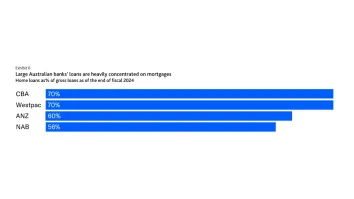





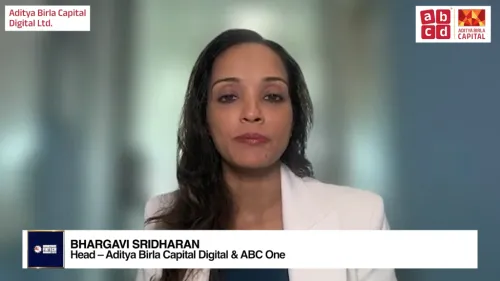



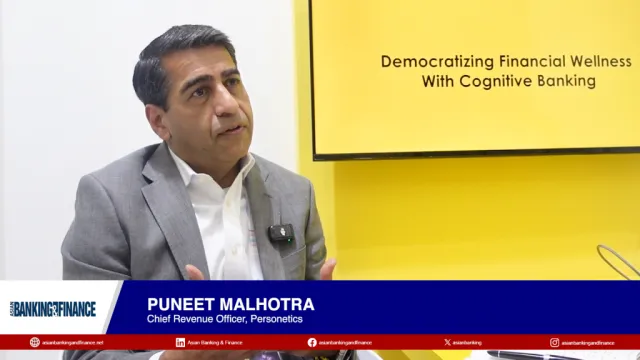
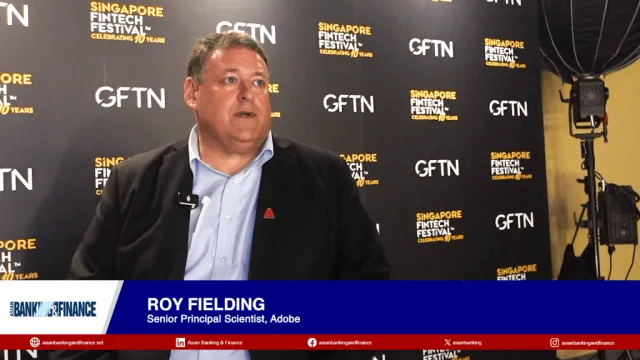

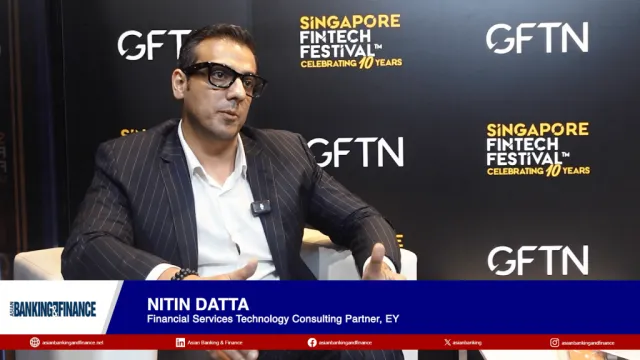
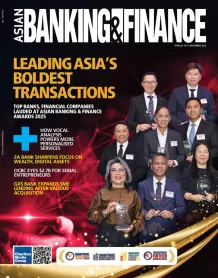
 Advertise
Advertise










